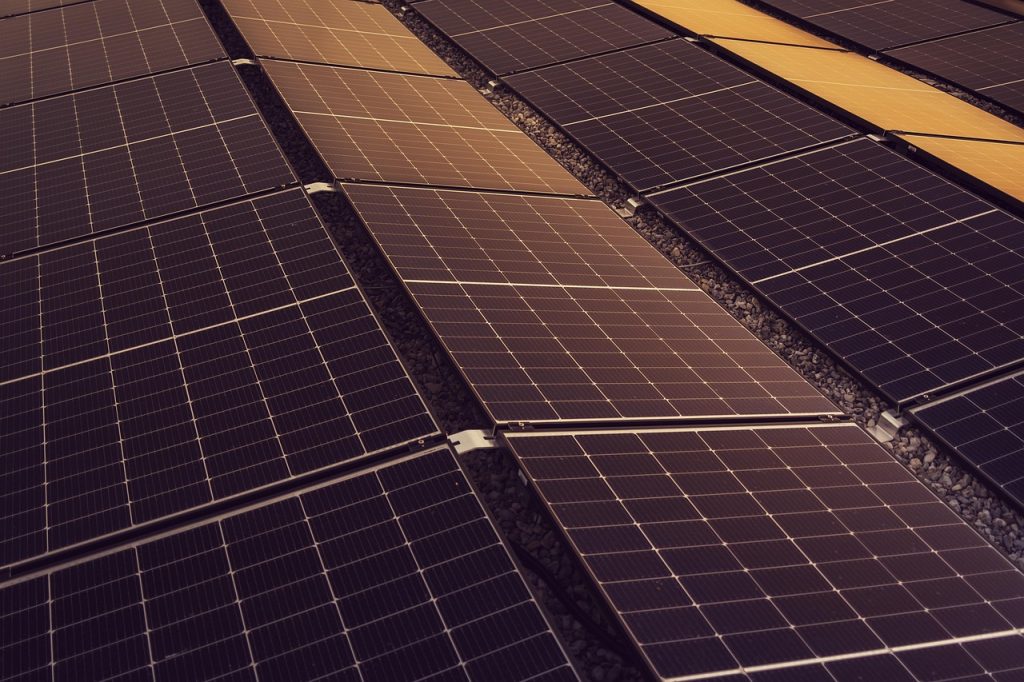
New Zealanders are increasingly turning to solar energy to reduce their electricity bills and embrace a more sustainable lifestyle. With a growing focus on renewable energy and energy independence, solar panels are becoming more common across Kiwi rooftops. However, there are several key considerations and disadvantages unique to the New Zealand context that homeowners should be aware of before making the investment.
High Upfront Costs and Long Payback Periods
Installing a standard residential solar system in New Zealand typically costs between NZD 8,000 and NZD 15,000. Without a nationwide subsidy scheme or feed-in tariff like those in Australia or the UK, the financial return can be slower. Depending on usage and system size, the payback period can range from 10 to 15 years, which may be longer than some homeowners expect or prefer.
Limited Government Support for Solar Energy
Unlike many countries, New Zealand does not offer a national solar incentive or rebate programme. Some local councils may provide low-interest loans or sustainability grants, but they are not widely available. This lack of policy support means homeowners must shoulder most of the initial financial burden on their own.
Weather Variability and Less Sunlight in Winter
While New Zealand receives a decent amount of sunshine annually, the weather can be highly variable. In areas like Wellington or the West Coast of the South Island, frequent cloud cover, rain, and shorter winter days significantly reduce solar output. Seasonal variability can make solar systems less effective at offsetting winter electricity bills.
Low Buy-Back Rates for Excess Power
Most New Zealand energy retailers offer buy-back rates for surplus electricity exported to the grid, but the rates are low—often between 7 and 12 cents per kWh. This is much lower than the retail rate for electricity (25–35 cents/kWh), meaning the financial return on exporting power is minimal. This discourages over-sizing systems and makes battery storage less appealing from a cost perspective.
Roof Orientation and Shading Challenges
Many older New Zealand homes were not built with solar in mind. Roofs may not be ideally oriented to the north (in the southern hemisphere), or may have multiple pitches and obstructions like chimneys and trees, which limit panel placement and reduce efficiency. Retrofitting solar onto these homes can be more complex and costly.
Battery Storage Still Expensive
While interest in home batteries is growing—especially among off-grid or semi-rural households—storage systems are still expensive and can double the cost of a solar setup. Battery technology is also rapidly evolving, meaning today’s investment may become outdated within a few years.
Weighing the Long-Term Benefits Against the Costs
Solar power in New Zealand holds promise, especially for environmentally conscious homeowners looking to reduce grid reliance and carbon footprints. However, without strong government incentives and due to specific climatic and structural challenges, solar is not a one-size-fits-all solution. Homeowners should carry out detailed cost-benefit analyses, consider long-term electricity usage patterns, and consult with qualified installers to determine whether solar energy is a wise investment for their property and lifestyle.